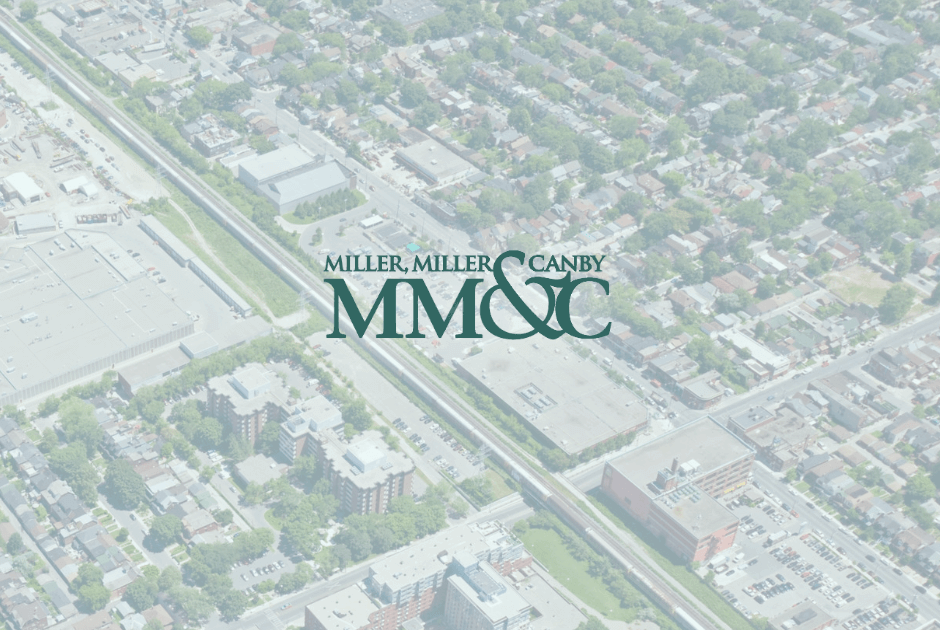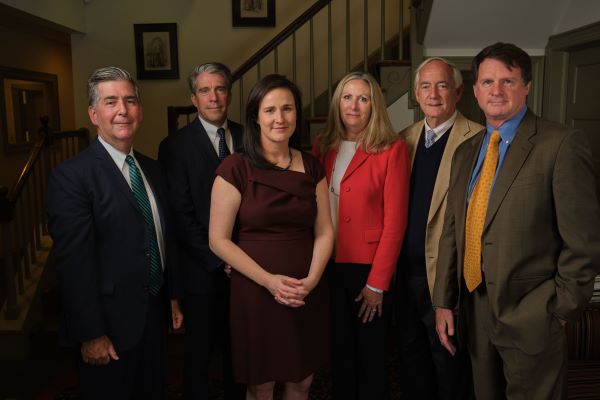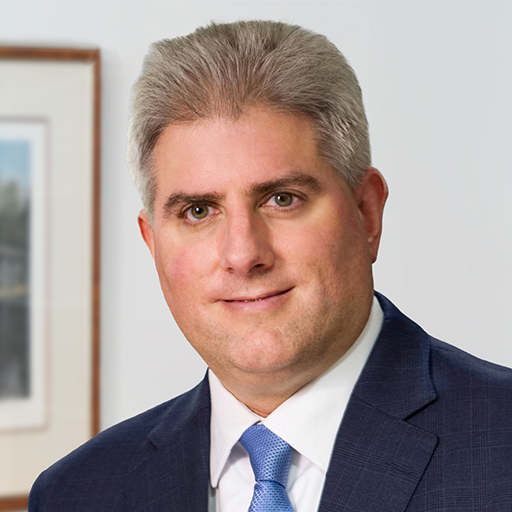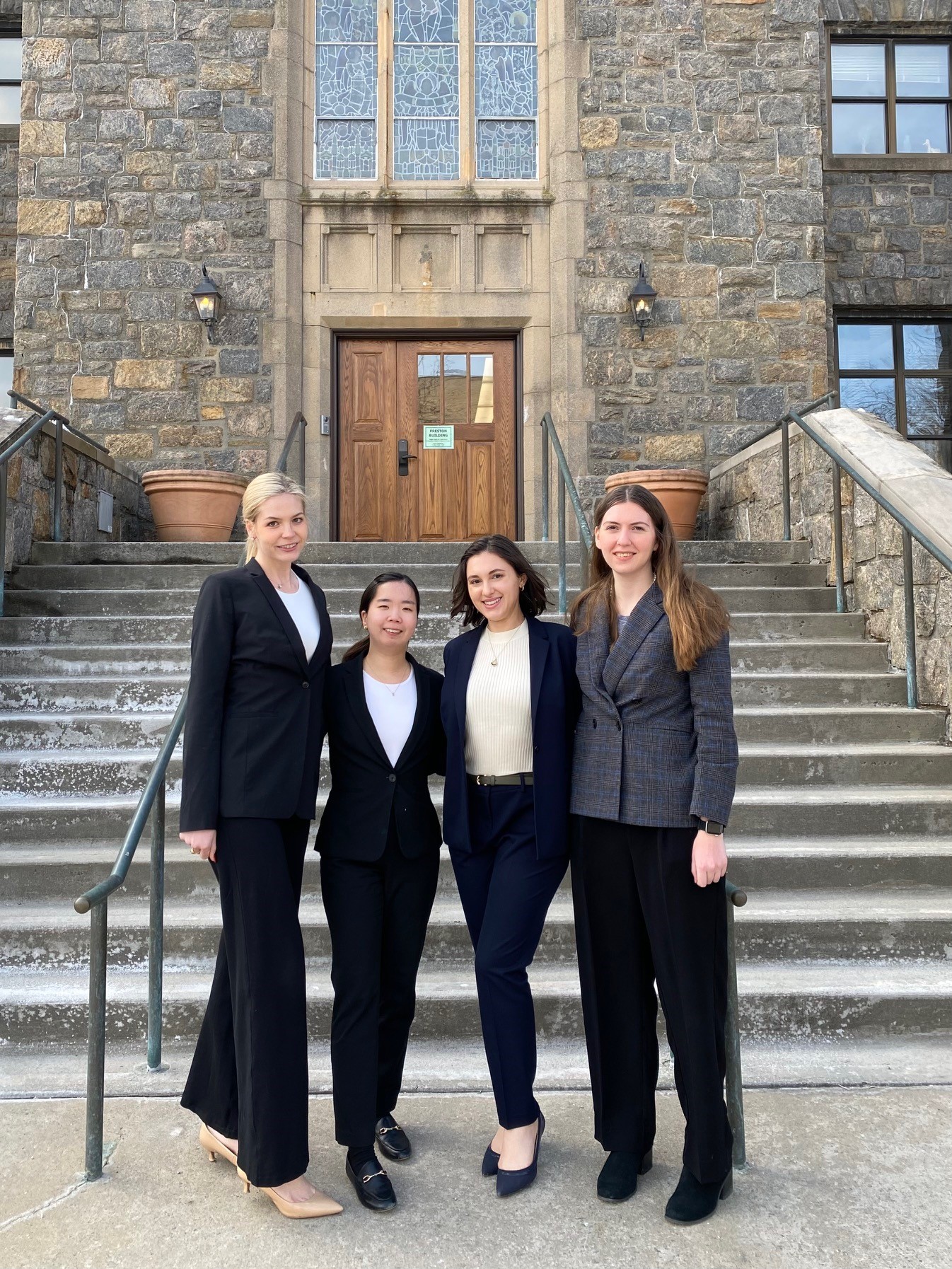Celebrating our 70th Anniversary provides us an opportunity to reflect on our heritage as a law firm and the individuals whose contributions impacted our growth and the clients and community we serve, as well as the legal profession. It is also an opportunity for us to share this history with you, our clients and friends, who have been as much a part of this history as the attorneys who have been privileged to serve you. This is the second of a four-part reflection on our journey as a law firm and of the attorneys who were a part of it.
Embarking on a Decade of Growth and Political Service
At about the same time that the firm welcomed Bill Canby as a partner, formally changing its name to “Miller, Miller & Canby”, Jim Miller, Jr.’s career path took him in a direction he may not have imagined. He had been elected to the Maryland House of Delegates in the 1962 election, and was made the Chairman of the Montgomery County Delegation shortly thereafter. In addition to his duties during the General Assembly Session and associated with his Chairmanship, Jim Miller, Jr., continued his law practice, handling zoning and subdivision matters, trial work and other legal matters. Another area in which he excelled was in handling ad valorem tax assessment appeals for the increasing number of commercial, multi-family and industrial property owners who were becoming more prevalent as Montgomery County’s transition from its agricultural roots began to expand. Among some of his more notable clients were the Dow Jones Company, Westwood Development Corporation, managed by Lazlo Tauber, and the Polinger Companies.
It was during the course of representing Westwood Development Corporation in appealing the denial of a zoning application that Jim Miller, Jr. appeared opposite Robert Burchett, then an assistant County Attorney. He was so impressed with Bob Burchett’s handling of the case that he immediately went to Bill Canby to discuss trying to hire him. That effort proved successful, and Bob Burchett joined the firm as an associate in May, 1966.
The Interesting Career Trajectory of Jim Miller, Jr.
The hiring of Bob Burchett could not have come at a better time for Jim Miller, Jr. He was becoming well known throughout the State for both his legal and legislative activities, was active in the Montgomery County Chamber of Commerce and, along with Bill Canby, was also part of the leadership of the Montgomery County Bar Association. In 1966, believing that his work in the legislature was taking too much time from his active law practice, Jim Miller, Jr. announced he would not seek re-election. Yet, in the summer of that year, Spiro Agnew approached him to manage his Montgomery County primary campaign in his bid for the Republican nomination for Governor. Jim Miller, Jr. accepted, and while not willing to run for re-election himself, agreed with local party leaders to run for the Republican local Central Committee and was made its Chairman.
Spiro Agnew won his party’s nomination overwhelmingly in the County, as well as the State, and Jim Miller, Jr. became the Chairman of the Agnew Campaign in Montgomery County. The Republicans won a narrow majority of offices in the local election but Spiro Agnew carried Montgomery County in a landslide, giving him a statewide victory in the race for Governor. Jim Miller, Jr. was offered a position as the Governors’ Legislative Liaison, but he declined in order to pursue his law practice full-time, although he agreed to serve on a volunteer basis until the position was filled.
In 1967, Jim Miller, Jr. was back, full-time in the law office, but meeting weekly at breakfast with the Governor and legislative leaders in Annapolis to help prepare and carry out the Governor’s program. That same year, Jim Miller, Jr., as chairman of the Central Committee, successfully directed the recruitment and the election of Montgomery County delegates to the Maryland Constitutional Convention which was to convene in 1968 to consider writing a new State Constitution. He was later named by the Governor to be his liaison with the Chairman of the Convention.
By the time of the political conventions in the summer of 1968, Jim Miller, Jr. had resigned as Chairman of the Republican State Central Committee to devote even more time to Miller, Miller & Canby. That was, until Spiro Agnew was nominated by the Republican Party to be its Vice Presidential candidate. Two days after the Convention ended, Jim was asked to be Spiro Agnew’s liaison with the Nixon Campaign in New York. With the consent and encouragement of his wife, his father and Bill Canby, Jim accepted. Throughout this time, Jim met daily with other prominent members of the campaign to plan national campaign strategy and react to changing news and polls. History tells you that the election, while close, resulted in Richard Nixon becoming President, and Spiro Agnew the Vice President.
Two days after the election, Jim was back at Miller, Miller and Canby practicing law. He became President of the Montgomery County Bar Association in the summer of 1969 and also continued to serve on the Governor’s Commission for the Reorganization of the State Government, known as the Curlett Commission. The Curlett Commission’s report was substantially enacted into law, creating the Cabinet departments of the executive branch which we have today.
In the fall of 1969, Jim Miller, Jr. received a call that President Nixon wanted to nominate him to the U.S. District Court of the District of Maryland. He was surprised and honored by the confidence. After consultations with his family, and with Bill Canby, all of whom encouraged him to accept, he did. Through the help of a number of friends and colleagues, among them Jim and John McAuliffe, Jim Miller, Jr. received the approvals of the American, State and local Bar Associations of his qualifications to sit on the federal bench. He was ultimately nominated by the President, confirmed by the Senate and given the oath of office in November, 1970 where he served before retiring from the bench in 1986. After a respite of several years, Jim Miller returned to Miller, Miller & Canby and engaged in a heavy private arbitration practice built upon his reputation as an outstanding jurist until he retired in 2004.








Share this Article: